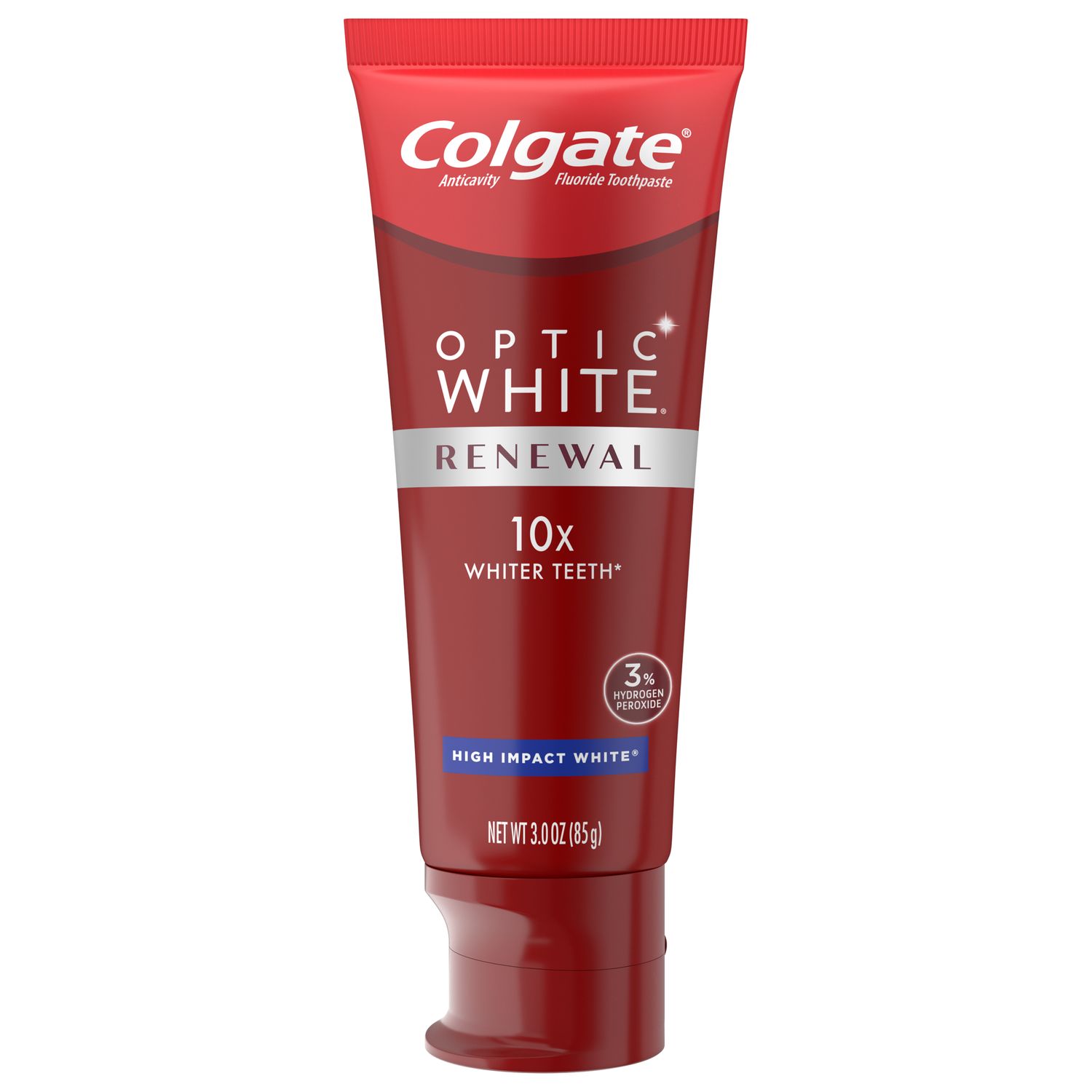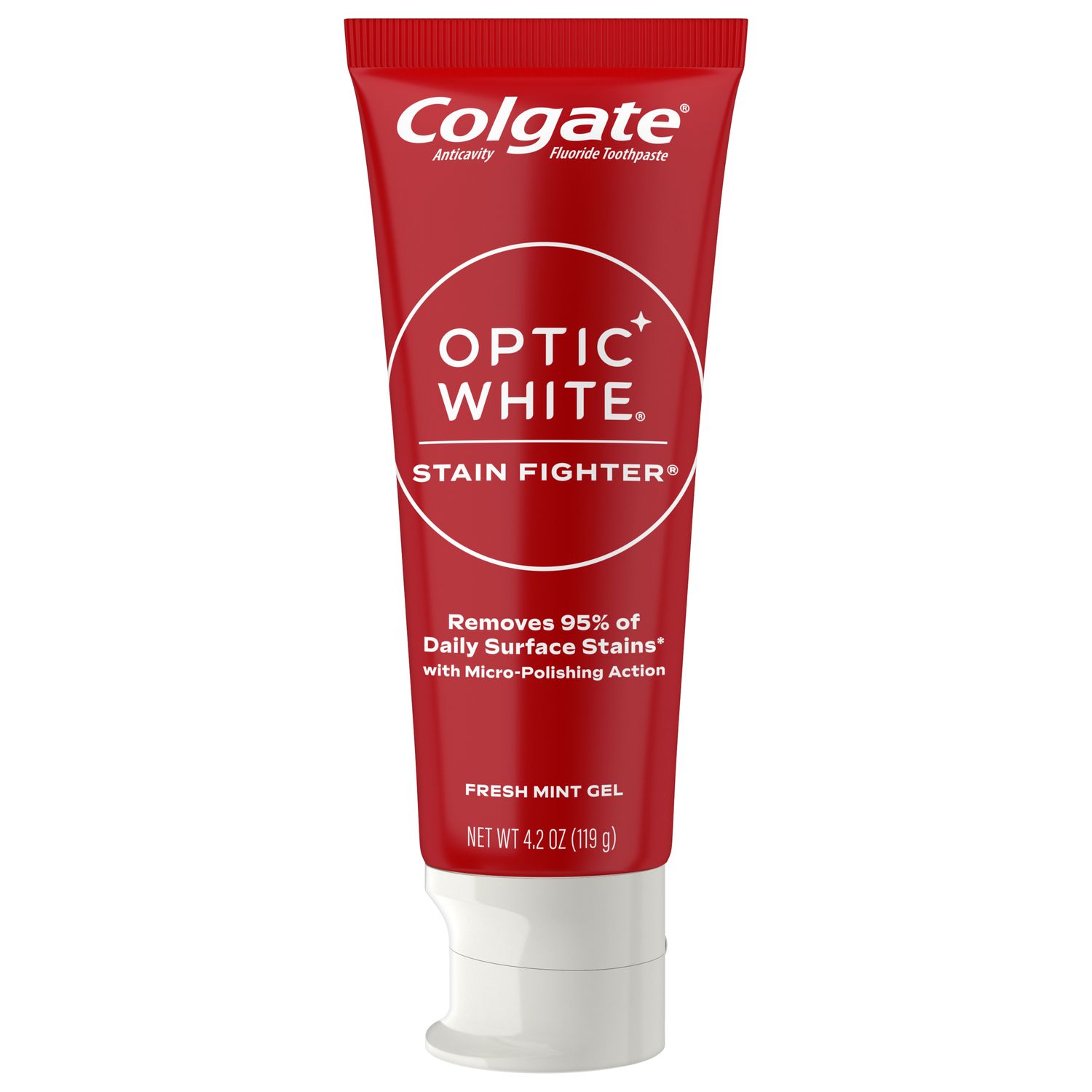What is Enamel Microabrasion?
Enamel microabrasion is a cosmetic dentistry treatment that involves removing a very thin layer of enamel from the tooth surface.
This procedure is typically done to improve the appearance of tooth discoloration from enamel defects that occur during tooth development or from fluorosis. According to the World Journal of Clinical Cases, dental fluorosis produces opaque white areas or yellow or dark brown discolorations, with porosities on the enamel surface.
Enamel microabrasion can also be used to remove yellow and brown spots on the teeth caused by decalcification of the enamel. This can occur due to a build-up of plaque on the teeth, which produces acid that leaches the minerals from the enamel.
A dental professional may also recommend the treatment for people with discolored teeth from dietary choices, tobacco use, or genetics.
Is Enamel Microabrasion Healthy?
Your tooth enamel is the hardest substance in your body, protecting the sensitive dentin, nerves and blood vessels beneath. Once it’s lost, it can’t be grown back, so people often wonder if removing some of that enamel using microabrasion is healthy. However, rest assured that microabrasion is a non-invasive treatment and only removes very thin micro-layers of enamel to ensure that as much protection as possible remains.
Does Enamel Microabrasion Whiten Teeth?
Enamel abrasion can whiten your teeth by removing the stained outer layers of your enamel and revealing the white enamel underneath. It can also help by removing surface defects, spots, and other areas of discoloration that may be dulling the color of your smile. However, as we discuss below, there are some circumstances in which enamel microabrasion may not help you to achieve your desired whitening results.
What are the Pros and Cons of Enamel Microabrasion?
If you’re considering enamel microabrasion, there are a number of pros:
Enamel microabrasion has been shown to be an effective, non-invasive way to remove surface staining and superficial defects from the enamel.
The chemicals used in enamel microabrasion are less harsh than those used in professional bleaching procedures, so the risk of side effects like sensitivity and gum irritation are lower.
After enamel microabrasion, the surface of the tooth is smoother. This helps to reduce bacterial colonization, potentially lowering the risk of tooth decay.
The whitening effects of enamel microabrasion last for a long time.
The procedure is quick, easy, and painless, and can typically be done within an hour with no recovery time.
Enamel microabrasion can be considerably cheaper than some professional whitening options.
However, as with any dental procedure, there are some potential cons to keep in mind:
Microabrasion cannot remove defects that penetrate deeper into the enamel, so it will not be effective for white spots caused by developmental conditions like enamel hypoplasia.
Enamel microabrasion won’t help with discoloration that comes from within the tooth (“intrinsic” staining).
If you have very heavy staining, it may not be possible to achieve the full results you want, as only so much enamel can be safely removed.
Enamel microabrasion may not be as effective as professional whitening options like laser bleaching.
Although only a minimal layer of enamel is removed, this may not be ideal for you if you already have heavy enamel loss.
What Happens in an Enamel Microabrasion Procedure?
A typical enamel microabrasion procedure can involve the following steps:
Your dentist will isolate your teeth from your gums with a rubber dam. This keeps your teeth dry and prevents chemicals coming into contact with your gums and soft tissues.
Next, your dentist will apply a paste to your teeth. The paste will usually contain an acid, such as hydrochloric acid or phosphoric acid, and an abrasive agent, such as pumice or silica.
Your dentist will gently scrub the paste over your teeth with a mechanical rotating device called a prophy cup to remove the surface layers of enamel.
The paste will then be suctioned and rinsed from your teeth.
Once the procedure is complete, the surface of your enamel will appear radiant, shiny, and glass-like. To enhance your results, your dentist may give you a take-home whitening kit.
You may feel some sensitivity for up to 24 hours after your enamel microabrasion procedure. If the sensitivity is extreme or it doesn’t resolve, be sure to contact your dentist for advice.
How Long Does an Enamel Microabrasion Procedure Take?
An enamel microabrasion procedure usually occurs in one appointment and should take no more than an hour to complete. Multiple appointments for this procedure are not standard practice.
Knowing the safe options for teeth whitening is vital. Enamel microabrasion is minimally invasive, and a great solution for people with mineralized spots on their teeth. Speak with a dental professional to see if enamel microabrasion is the best treatment to help give you a smile you love.
Oral Care Center articles are reviewed by an oral health medical professional. This information is for educational purposes only. This content is not intended to be a substitute for professional medical advice, diagnosis or treatment. Always seek the advice of your dentist, physician or other qualified healthcare provider.
ORAL HEALTH QUIZ
What's behind your smile?
Take our Oral Health assessment to get the most from your oral care routine
ORAL HEALTH QUIZ
What's behind your smile?
Take our Oral Health assessment to get the most from your oral care routine















